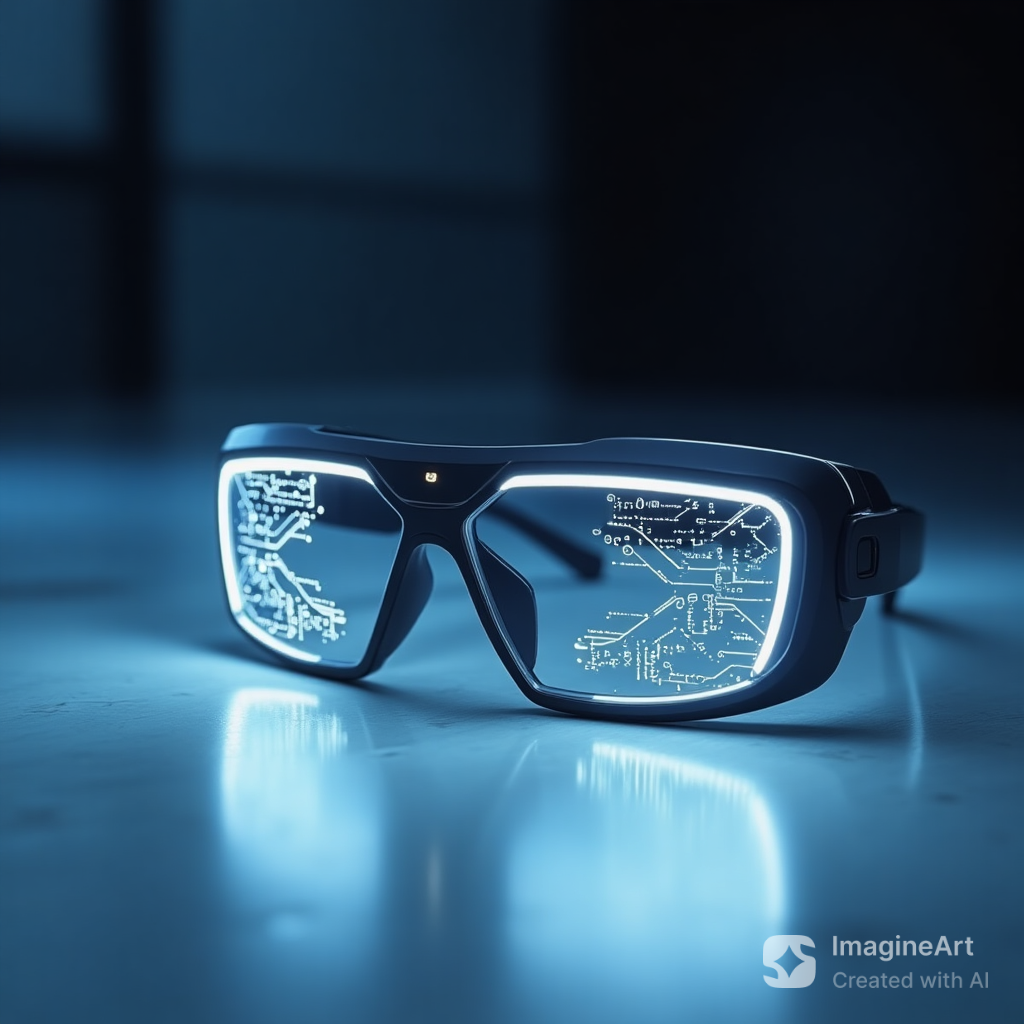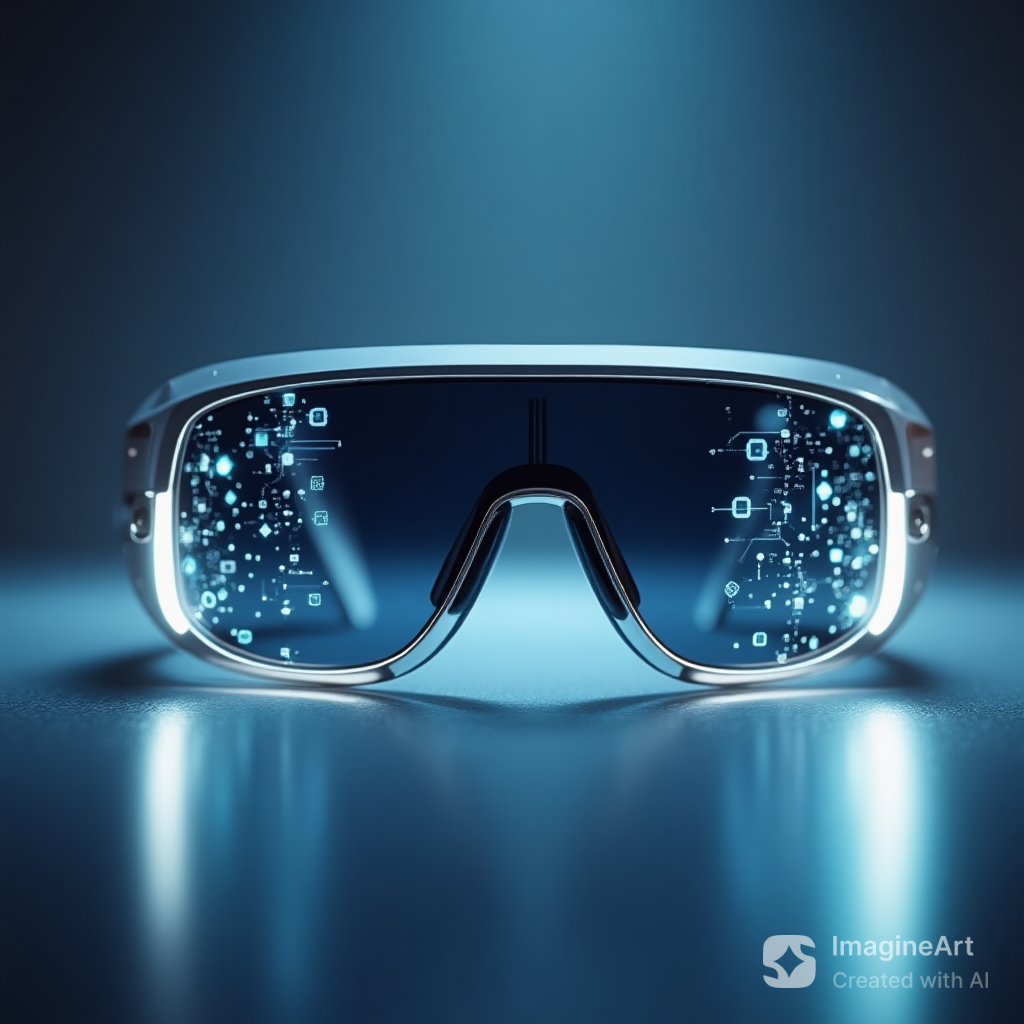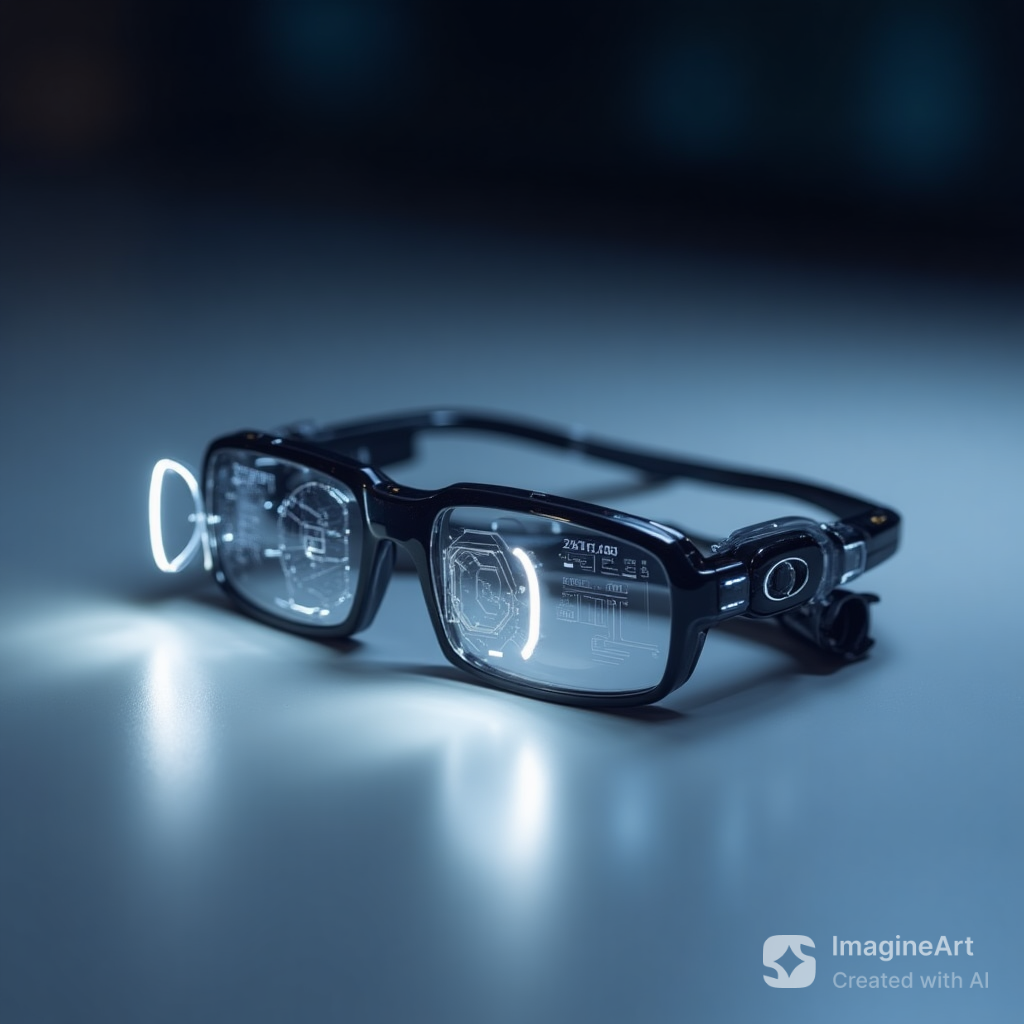
Your personal information can be accessed through Meta’s Ray Ban smart glasses. This is not just a claim; it has been done.
Shocking even in these times when data is everything? The online world is thriving on data lately. So, this isn’t a surprise.
Two students from Harvard recently created software and paired it with Meta’s smart glasses through which they gathered personal information of common people. Although creators have not released the code, concerns about privacy and data security have sparked the debate.
Is AI this bad? Or is it just us making it bad? Let’s delve into this topic and find out what the truth is.
What Are AI Glasses?

AI glasses are wearable smart devices that integrate advanced sensors, cameras, microphones, and AI algorithms to interact with the environment in real time. Think of your regular glasses, now powered by voice assistants, object recognition, and health monitoring tools.
Common features include:
- Object recognition
- Voice assistant integration (like Alexa, Siri)
- Navigation assistance
- Health and fitness tracking
- Real-time language translation and communication tools
⚠️ Don’t confuse AI glasses with AR glasses—AR focuses on overlaying visuals (like holograms), while AI glasses emphasize real-time data processing and assistance.
Examples Of AI Glasses
A few examples of AI-powered glasses with smart features are :
- Ray-Ban Meta Smart Glasses
- Amazon Echo Frames
- Halliday AI Glasses
- Rokid Max AR Glasses
How They Work
AI glasses are made with both hardware and software to give an optimized result.
- Sensors, cameras, and microphones perform the work of data capturing.
- The data is then processed on the device or may be shifted to a cloud-based system.s
- This processed information will be displayed directly on the lenses.
Use of AI glasses in Education
With the rapid rise of EdTech and remote learning, AI glasses offer new opportunities—and new risks—for students and teachers alike.
Benefits Of AI Glasses

AI glasses bring seamless interaction with the environment, providing the latest advancements. Here are some of its advantages in classrooms.
- Education For Disabled Students
Students with disabilities can take great advantage of these glasses. How?
Students can have a real-time display of captions or sign language during classes for those who are deaf. These glasses also provide excellent tools for those students who have weak eyesight or are blind.
There’s a feature in these glasses that will scan the text image and convert it into audio text. In this way, a disabled person can hear the audio with the help of a headpiece.
- Accessible Education
Education has already been made easier! But in the future, it will be the easiest.
Sit in any part of the world and access the study materials from anywhere. They do not need to be present in formal attire to be able to learn something. You can stay connected to your peers and teachers without being glued to the classrooms and smart devices.
- Make Learning More Exciting
How’s the idea of 3D rendering of biology diagrams? Exciting? Exactly!
Some smart glasses can allow this feature, which can be zoomed too. By combining AR with AI, these glasses provide an interactive learning platform that increases student engagement.
Concerns and Drawbacks of AI glasses

With multiple benefits of AI glasses, there come disadvantages too. Let us see what are the cons of these glasses.
- Invasion of privacy and potential for recording
Your Data may be breached! There is a rising concern that AI can store data and have unauthorized access to your personal information, whether it is your picture, address, or name.
Your data can also be used to monitor your behaviour and capture images without your consent. There is also a risk that your data can fall into the wrong hands through hacking and security breaches.
- Distractions and decreased attention span
In the present time, there are a lot of digital tools that have created endless digital distractions. That means we can not focus and engage with things meaningfully.
AI glasses can be a reason for distraction if they are not used responsibly. Their attention span can be decreased, and this will hurt their learning outcomes.
- Cheating Case
There was a cheating case in Japan, in which an 18-year-old boy used smart glasses and took his exam. He passed his exam for Hitotsubashi University. He took pictures of the question paper and searched it online during exam time. This raised a lot of concern; later, his exam was invalidated by the authorities.
Conclusion
AI glasses are powerful tools, but like any tech, they come with responsibility.
If used thoughtfully, AI glasses can transform the learning experience, especially for students facing accessibility challenges. But without clear boundaries, they can also become a privacy threat or an academic shortcut.
Balance is key. Schools, students, and policymakers must work together to set ethical guidelines and create safe learning environments.
Let’s embrace innovation with caution

